What To Do When Your Dog Refuses To Eat: 17 Smart Steps

It’s always a little scary when your dog turns their nose up at dinner—but don’t panic! There are tons of reasons pups skip a meal, and not all of them are serious.
From tummy upsets to stress or even boredom with their food, appetite loss can be temporary. The good news? You’ve got options.
Whether it’s warming up their meal, adding tasty toppers, or visiting the vet, there are smart steps you can take. Let’s dig into the top things to try when your dog just won’t eat.
1. Visit The Veterinarian
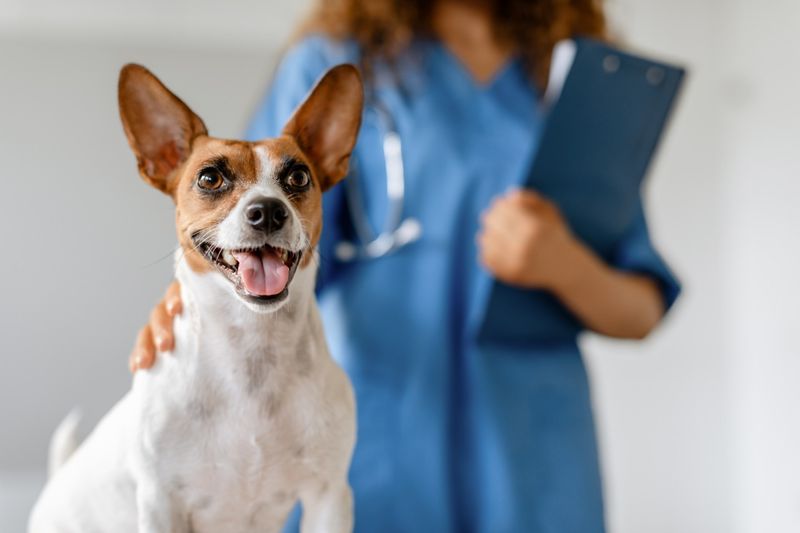
If your dog won’t eat, the first thing to do is check in with the vet. A quick visit can rule out anything serious and give you peace of mind.
From tummy troubles to dental pain, there are plenty of medical reasons a pup might lose their appetite. Your vet can run tests and offer answers.
Getting to the root of the problem is key. It helps you take the right steps moving forward.
Plus, you’ll get expert advice tailored to your dog’s needs. When in doubt, let the pros help you figure it out!
2. Consult A Pet Nutritionist

If nothing seems to be working, a pet nutritionist might be your secret weapon. These pros can craft a personalized plan that fits your dog’s exact needs.
They’ll look at your pup’s health, habits, and preferences to find what works best. It’s like having a food coach for your furry friend!
With expert advice, you can fine-tune their meals and tackle picky eating head-on. Sometimes, custom is key.
A little expert guidance can go a long way in bringing back that wagging tail at dinnertime.
3. Consider Temperature Changes
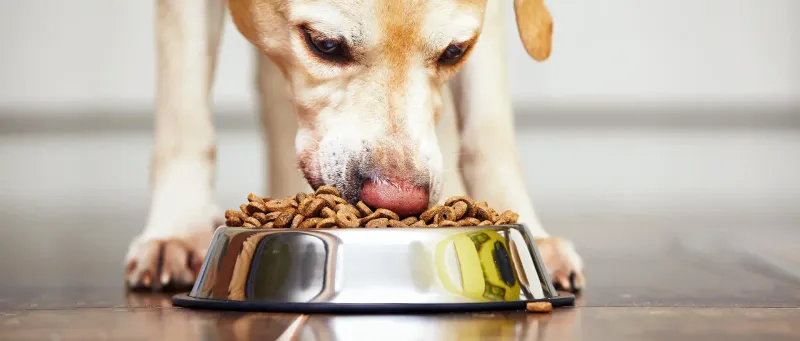
The temperature of the food can affect its appeal. Try warming up wet food slightly to enhance its aroma and make it more enticing.
Ensure it’s not too hot to prevent burns. This simple change can make a big difference, especially for older dogs with reduced senses.
4. Establish A Feeding Routine
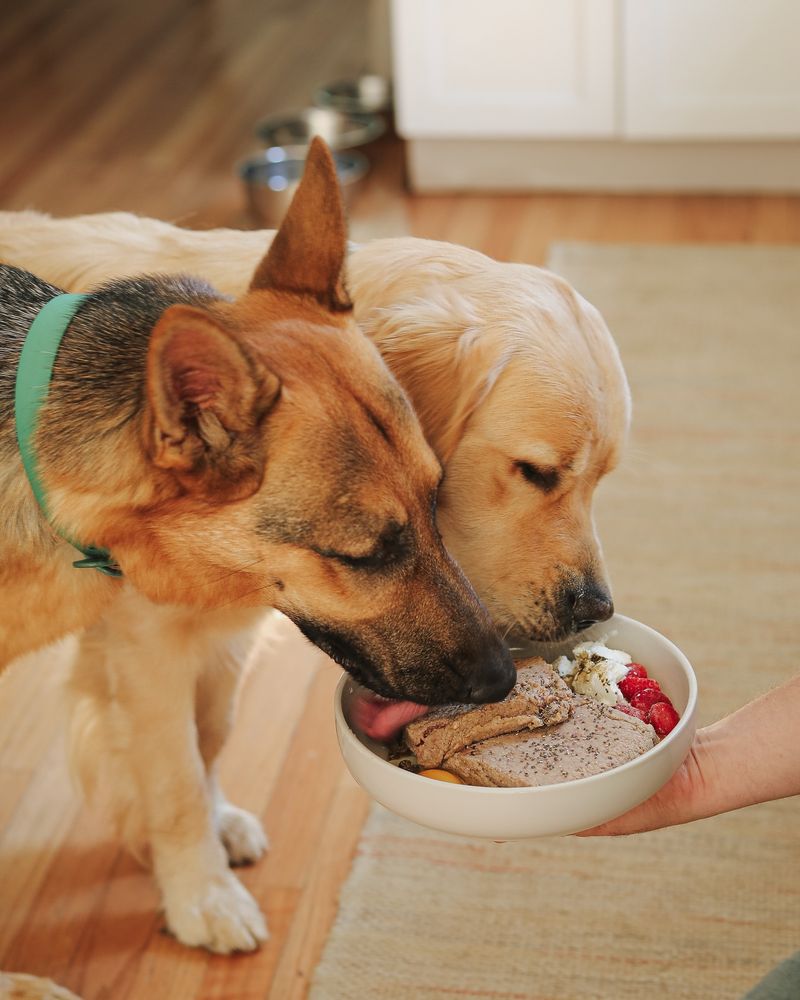
Dogs love routine, and a set feeding schedule can work wonders. Feeding them at the same times each day builds comfort and consistency.
It helps regulate their hunger and keeps them from nibbling all day. Scheduled meals also cut down on picky habits and snack overload.
Serve food in the same quiet spot each time. Less noise, fewer distractions—more eating.
A calm mealtime vibe makes eating feel safe and enjoyable. Simple structure can make a big difference!
5. Enhance The Meal’s Appeal
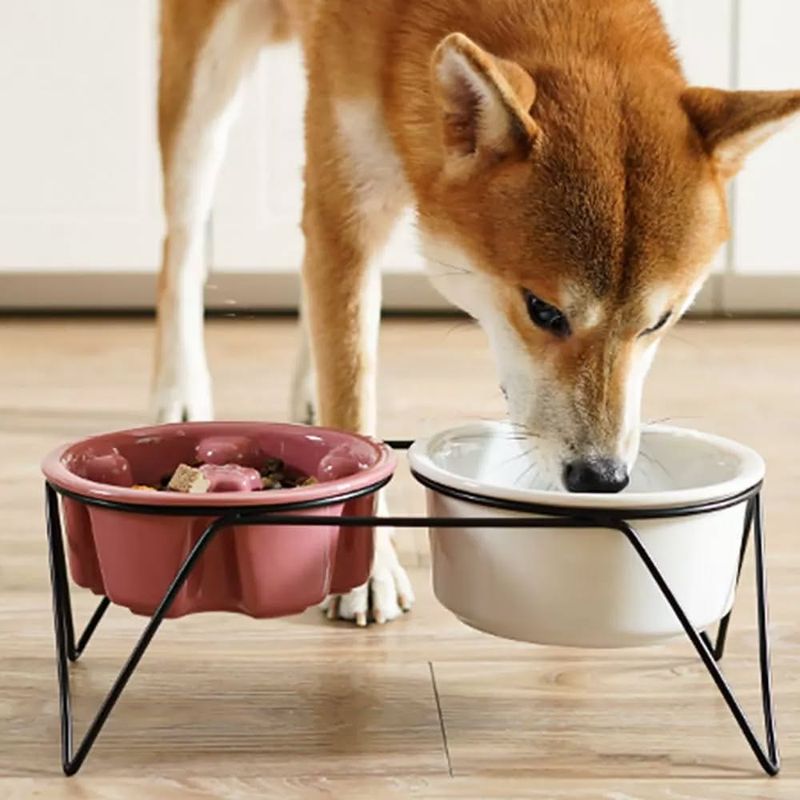
If your dog’s turning up their nose at dinner, try jazzing it up with tasty toppers. A spoonful of wet food, warm broth, or a bit of boiled chicken can do wonders.
Changing up texture or temperature might help, too. Some pups love their meals warmed or slightly softened.
Heating food a bit can boost the smell—and the interest. It’s like aromatherapy for hungry hounds.
Just keep extras in check to avoid throwing off their nutrition. The goal is to tempt, not totally transform, their balanced diet.
6. Try Hand-Feeding
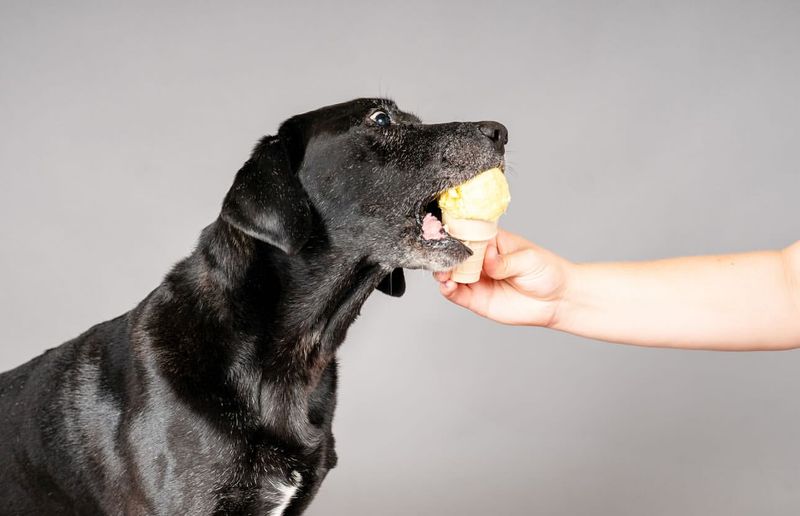
Hand-feeding can be a sweet way to reconnect with a nervous or recovering pup. It’s not just about food—it’s about comfort and trust.
Offer small bites with gentle encouragement and a calm voice. The personal touch can make mealtime feel safe and special.
Watch your dog’s reactions closely. If they seem uneasy, adjust your pace or try a different spot.
This one-on-one moment can turn stress into bonding. Sometimes, a loving hand is all they need to start eating again.
7. Check For Dental Issues
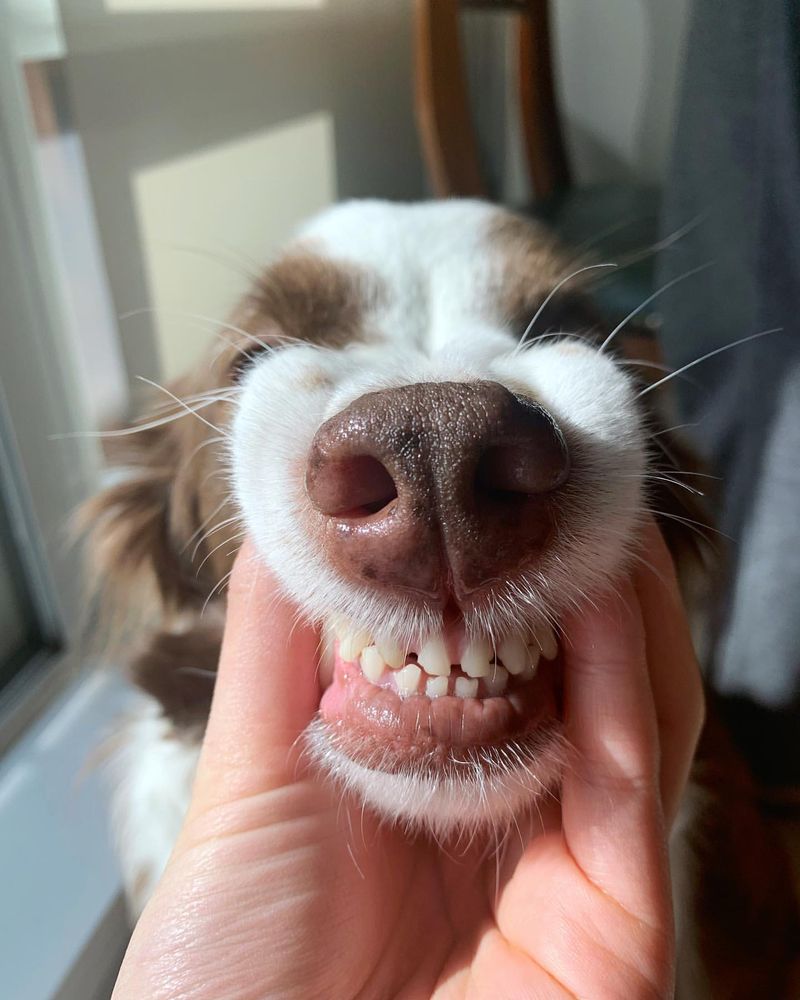
If your dog’s skipping meals, their mouth might be the problem. Dental pain from gum issues or broken teeth can make eating uncomfortable.
Check for bad breath, red gums, or visible tooth trouble. These are signs your pup needs a dental check-up ASAP.
Regular cleanings and dental chews can keep those chompers healthy. Prevention goes a long way!
If you spot something off, don’t wait—call the vet. A happy mouth means a hungry dog and healthier mealtimes.
8. Change The Diet
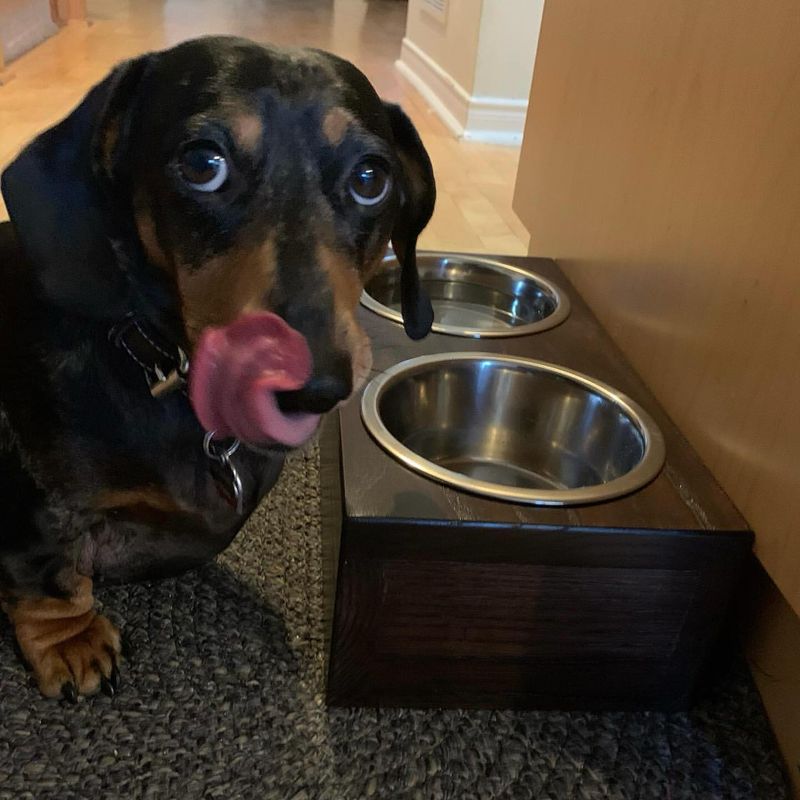
If your dog’s not eating, a menu makeover might do the trick. Just like us, pups can get bored of the same old kibble every day.
Try rotating between high-quality foods or adding new flavors to spark their interest. Just make sure it fits their nutritional needs.
Chat with your vet to find the right options for your pup’s diet. They’ll help you strike the perfect balance.
And don’t forget to switch foods slowly! Mixing new with old over a few days keeps their tummy happy.
9. Use Puzzle Feeders
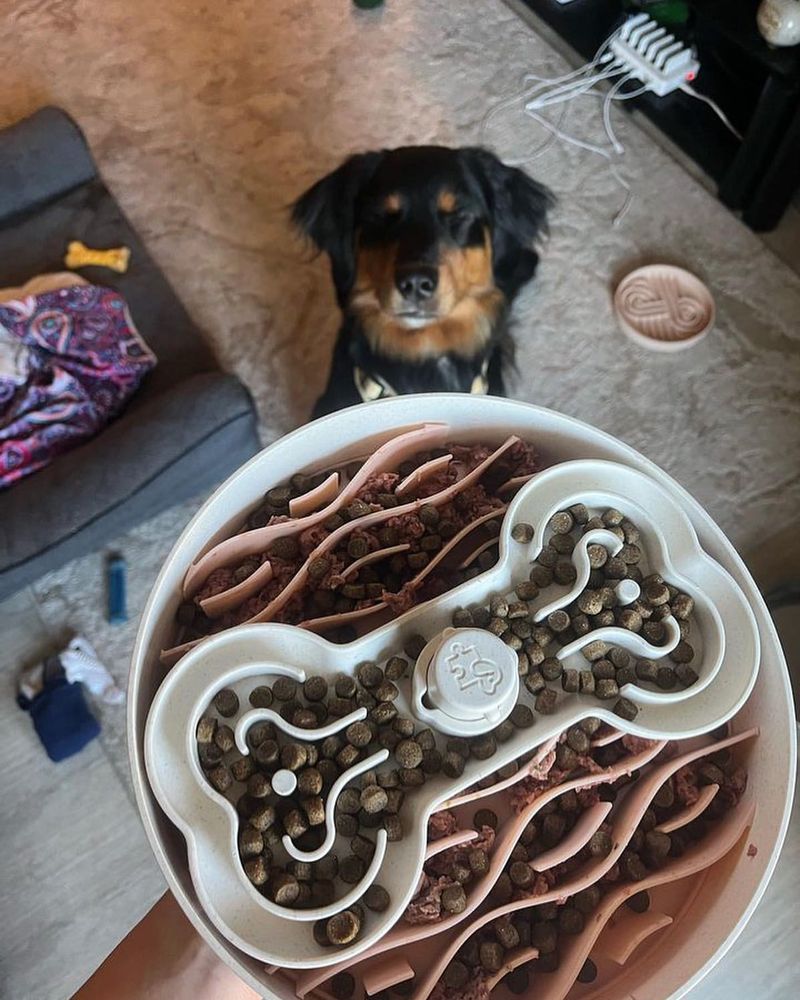
Puzzle feeders turn mealtime into playtime—perfect for dogs who need a little extra motivation. They make your pup work (and think!) for their food.
These feeders add mental stimulation, which is great for bored or picky eaters. Solving puzzles = more interest in eating.
Start slow by showing your dog how it works and cheering them on. They’ll catch on fast!
It’s not just about the food—it’s fun, enrichment, and brain exercise. A win-win for you and your furry friend!
10. Monitor Their Environment
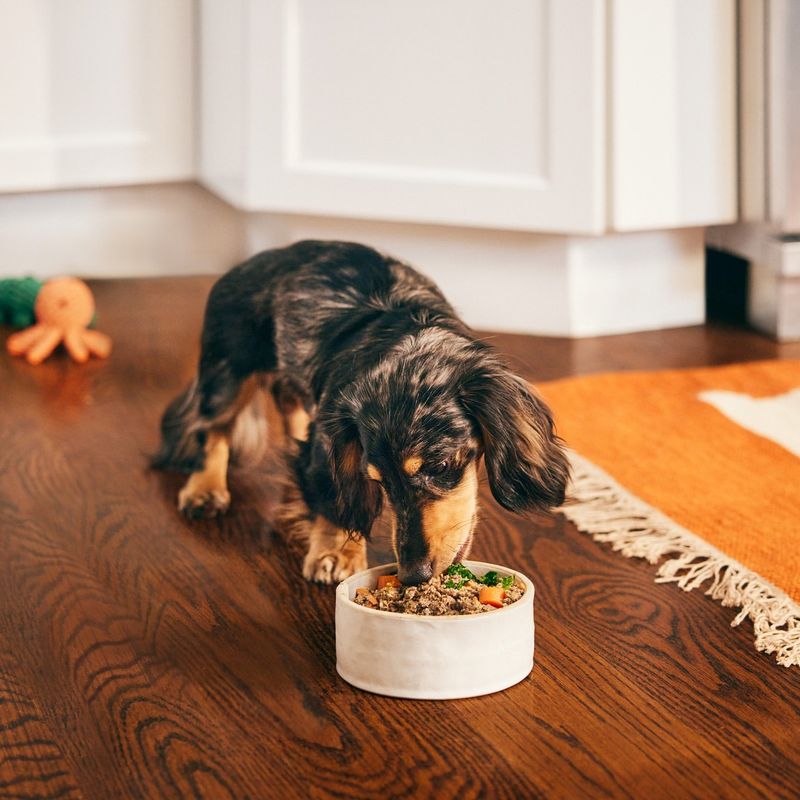
Sometimes it’s not the food—it’s the vibes. Loud noises, big changes, or new pets can totally throw off your dog’s appetite.
Watch for stress triggers in their environment and try to create a chill feeding zone. A quiet, cozy spot can make a big difference.
Routine changes or family shake-ups might also be the culprit. Dogs feel that stuff more than we think!
A stable, peaceful setting helps them feel secure and ready to eat. Calm surroundings = happy, hungry pup.
11. Experiment With Food Texture
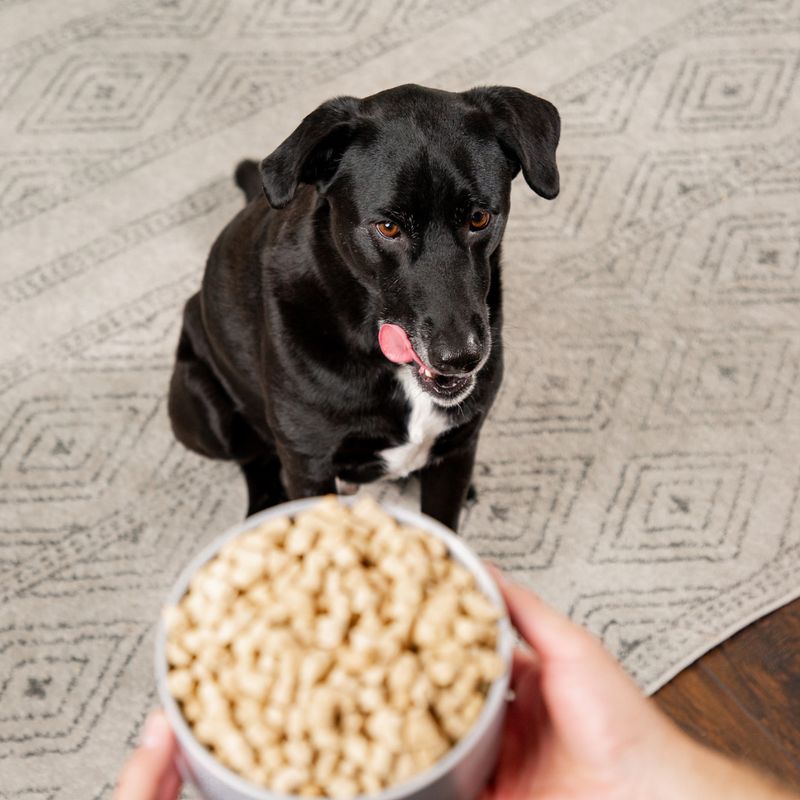
Some dogs are picky not about flavor—but about texture! Crunchy, soft, or moist, it all makes a difference.
Try mixing things up by combining dry kibble with a little wet food or offering semi-moist options. A change in feel might spark new interest.
Watch how your dog reacts and take notes on what they seem to love. Texture can totally transform mealtime.
Just make sure whatever you serve is still balanced and healthy. A little variety can go a long way to keep tails wagging at dinner!
12. Observe Their Behavior
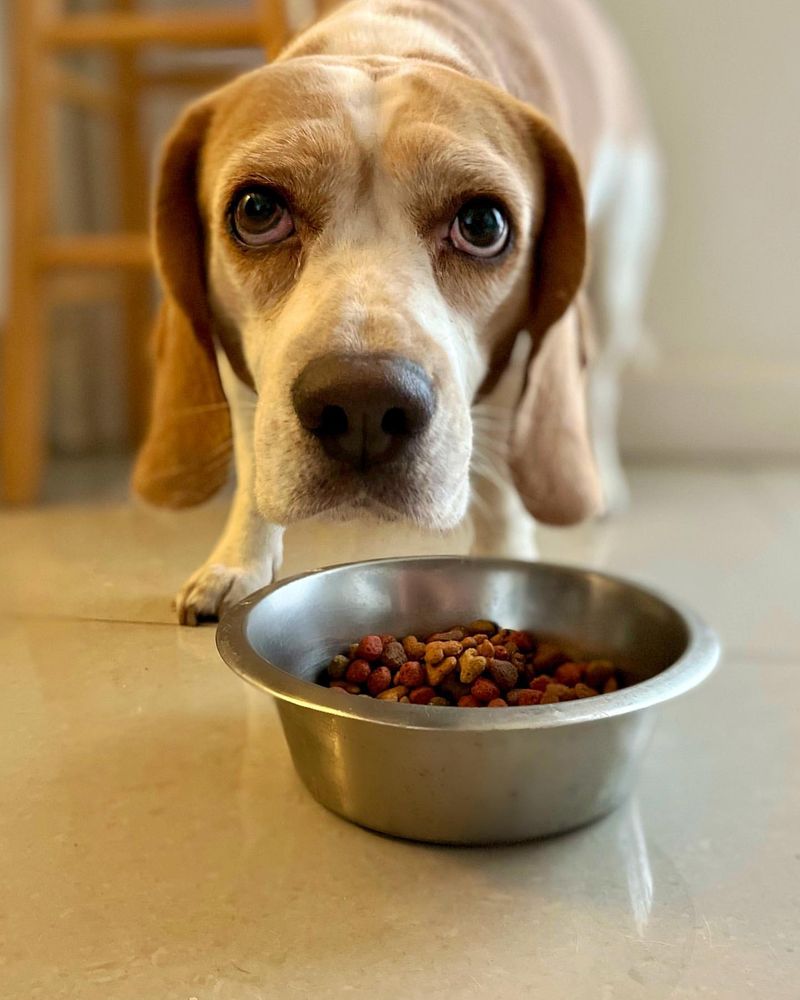
Your dog’s behavior can say a lot about why they’re not eating. Watch their body language closely during mealtime for signs of stress or discomfort.
Changes like pacing, whining, or backing away from the bowl might point to something deeper. It could be emotional, medical, or just picky preferences.
Tuning in to these cues helps you respond the right way. Maybe it’s time for a new routine—or a trip to the vet.
13. Limit Treats

Treats are fun, but too many can turn your dog into a picky eater. If snacks are constant, meals start losing their charm.
Keep treats to less than 10% of your pup’s daily calories. That way, dinner still feels special.
Try using healthy, low-calorie treats—or even bits of their regular food. It’s a tasty reward without the nutritional crash.
Smart snacking helps your dog stay balanced, happy, and hungry when it counts. Treats should be a bonus, not the main course!
14. Check for Medication Side Effects
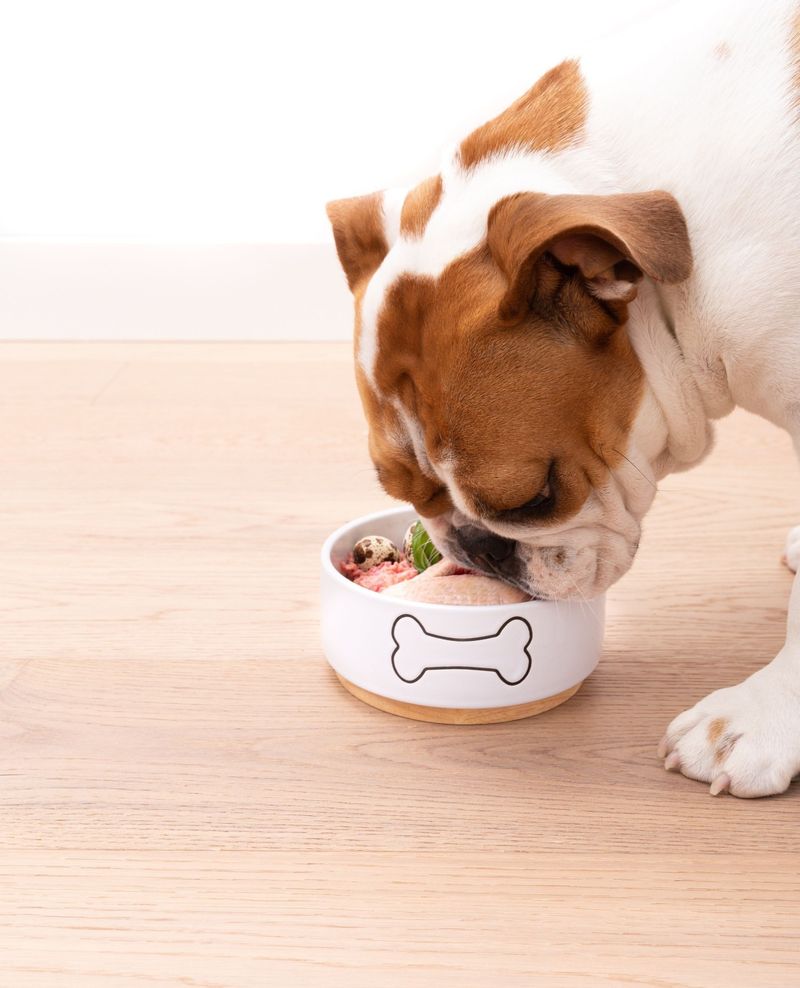
If your dog’s on medication and suddenly stops eating, the meds might be to blame. Some prescriptions can mess with appetite as a side effect.
Check the label or call your vet to see if that’s the case. A dosage tweak or switch could make all the difference.
Knowing how meds affect your pup helps you stay one step ahead. Don’t be afraid to ask questions!
15. Offer Smaller, Frequent Meals
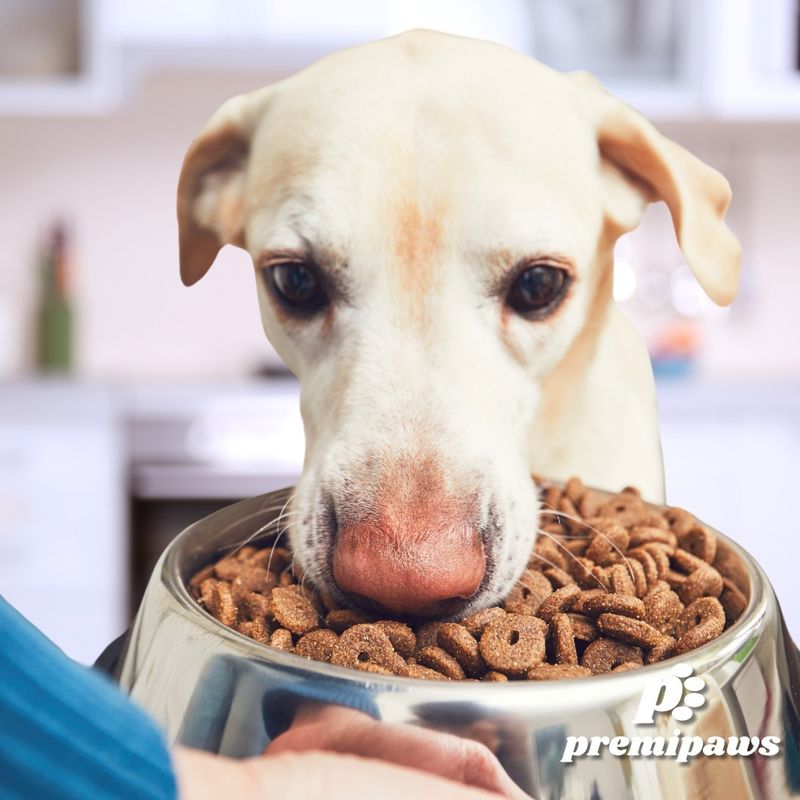
If your pup’s not eating much, try offering smaller meals more often. A few mini-meals can feel way less intimidating than one big bowl.
This approach can spark interest and better match their natural rhythm. It’s also gentler on the tummy!
It’s especially helpful for stressed or recovering dogs who need a little extra care. Plus, it makes it easier to track how much they’re actually eating.
Little meals, big impact—sometimes it’s all about keeping things light and easy.
16. Introduce New Activities

Exercise can be a great way to spark your dog’s appetite. A fun walk or play session gets their body moving—and their tummy rumbling!
New games or routines can also create a fun link between activity and mealtime. Burn energy, then refuel
Regular physical fun helps boost hunger and mood. It’s a win for both body and mind.
An active, happy pup is way more likely to clean their bowl. So grab that leash—it’s go time!
17. Engage In Play Before Meals
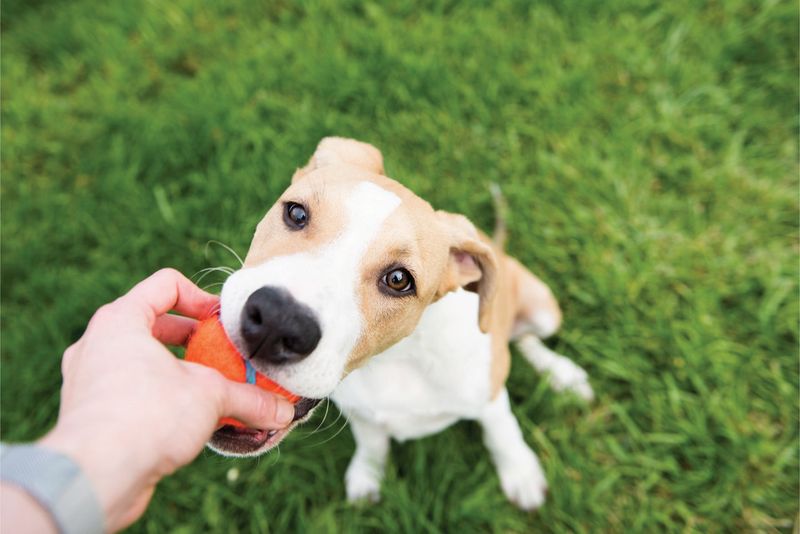
Playing with your dog before meals can stimulate their appetite. Physical activity releases endorphins, which can make your pet feel happier and more inclined to eat.
Try a short game of fetch or a walk around the block to boost their appetite naturally.






